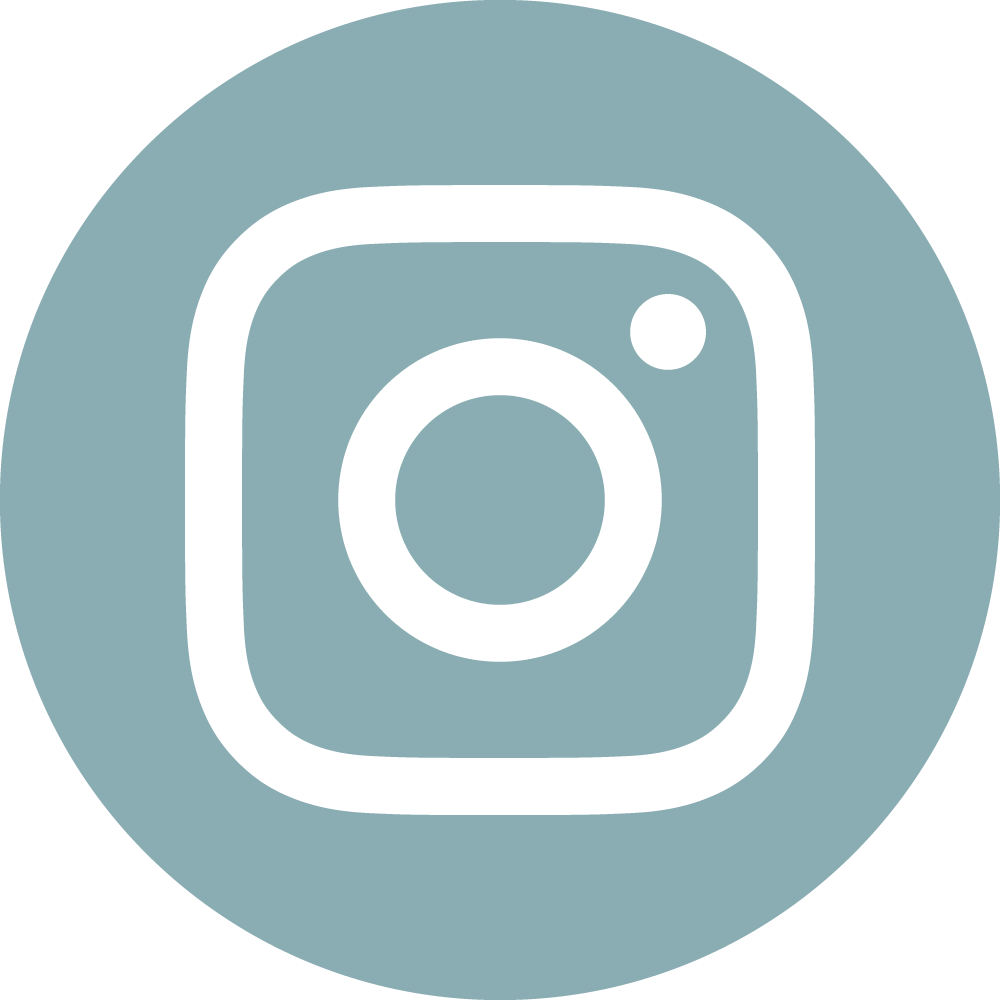
As part of Breast Cancer Awareness Month,
We are dedicated to providing you with essential information on breast self-examination. Early detection is a powerful tool in the fight against breast cancer, and regular self-checks can make a significant difference in your breast health. Here’s what you can expect when conducting a breast self-examination
Visual Examination
- Begin by standing or sitting shirtless and braless in front of a mirror.
- Face forward and look for any changes in the size, shape, or symmetry of your breasts.
- Check for puckering, dimpling, or skin changes on the breast’s surface.
- Inspect your nipples to see if they are turned in (inverted).
- Place your hands on your hips and observe your breasts.
- Raise your arms overhead and press your palms together while observing your breasts.
- Lift your breasts to check if the ridges along the bottom are symmetrical.
If you have difficulty with the visual examination, don’t hesitate to ask a trusted friend or family member for assistance.
Manual Examination
You can perform the manual part of the breast exam using various methods:
- Lying Down: Lie on your back on a flat surface. This position helps spread out the breast tissue, making it easier to feel
- In the Shower: Apply soap to your fingers and breasts to help your fingers glide smoothly over your skin.
- Use the pads of your fingers, not the very tips, for a more sensitive touch.
- Vary your pressure levels: Use light pressure for the tissue closest to the skin, medium pressure to feel deeper, and firm pressure for the tissue near the chest and ribs. Move systematically through the breast tissue
- Take your time; there’s no need to rush. Carefully examine your breasts, which may take several minutes.
- Follow a pattern: Imagine a clock face or pie slices over your breast. Start near the collarbone and move your fingers toward the nipple, section by section.

It’s important to know what’s normal for your body, as breast tissue can change throughout your menstrual cycle and with age.
Here’s what to keep in mind:
What’s Normal:
- Many women notice lumps or changes in their breasts, which can be normal variations.
- Breasts often have different textures in different areas.
- A firm ridge along the bottom of each breast is typically normal.
- The look and feel of your breasts may change over time.
When to Contact Your Doctor:
While some changes are normal, it’s crucial to be vigilant. Contact your doctor if you notice:
- A hard lump or knot near your underarm.
- Unusual changes in breast appearance or texture.
- Skin changes like dimples, puckers, bulges, or ridges.
- Skin changes like dimples, puckers, bulges, or ridges.
- Redness, swelling, pain, or warmth.
- Skin issues like itching, scales, sores, or rashes.
- Bloody nipple discharge.
Your doctor may recommend additional tests, including a clinical breast exam, mammogram, and ultrasound, to investigate any breast changes further.
Remember, early detection can save lives. Regular self-examination and awareness are essential steps in maintaining your breast health.
Thank you for being proactive in your well-being.




